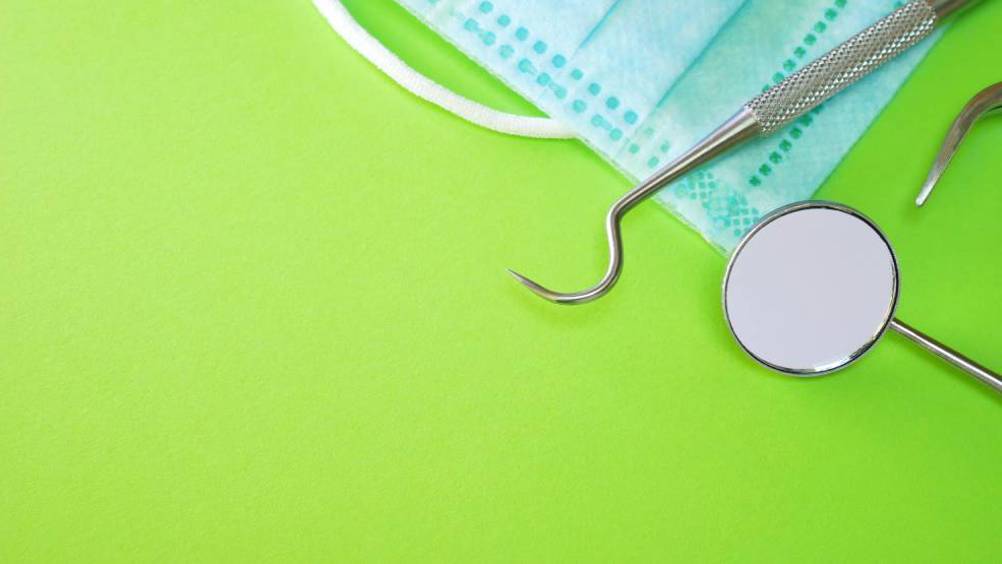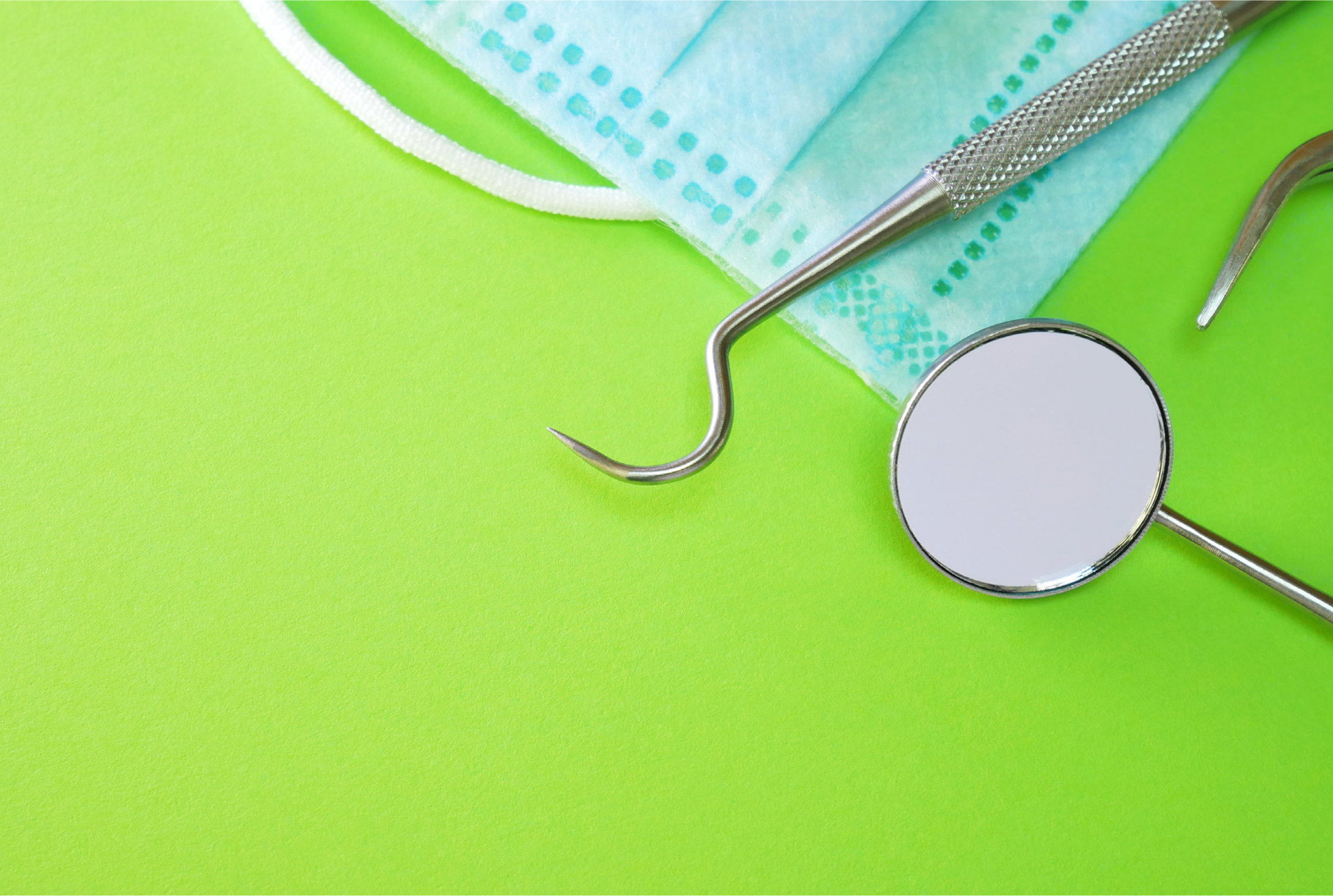References
How becoming self-sufficient can improve non-surgical and surgical outcomes

Abstract
As a follow-up to a 2017 article, Angela Spang expands on the idea of learning curves by detailing the ways in which both surgical and non-surgical practitioners can become self-sufficient

 Being self-sufficient in procedures and depending on only their skills and tools gives all practitioners the confidence that they are in total control
Being self-sufficient in procedures and depending on only their skills and tools gives all practitioners the confidence that they are in total control
In an article back in 2017, I discussed how learning has changed from the days of ‘see one, do one, teach one’, and highlighted how surgical training is effectively a continual series of learning curves that can jeopardise patient safety and leave surgeons open to claims of negligence (Spang, 2017). In this follow-up article, these ideas will be developed through describing how pre-procedure preparation gives both surgeons and non-surgical practitioners self-sufficiency in operations and procedures, so that they only need to depend on themselves and their tools. The confidence that they are in total control can help to guard practitioners against situations that have been commonly seen in the COVID-19 era.
Learning curves rarely end after surgeons and practitioners qualify and, with the introduction of new innovations and procedures, they will continue to persist throughout their careers. This is far more common nowadays than it was even 15 years ago, as technology progresses and ideas are shared more fluidly online between practitioners across the world. Often, new innovations in aesthetics focus on improving the patient's outcome and satisfaction by reducing post-treatment complications, or removing the strain of surgery by streamlining complex techniques. However, the outcome of the procedure, whether non-surgical or surgical, is also correlated with the experience of the surgeon or practitioner, among other factors. So, the newer the innovation, the further along the theoretical learning curve the surgeon or practitioner must go.
Register now to continue reading
Thank you for visiting Journal of Aesthetic Nurses and reading some of our peer-reviewed resources for aesthetic nurses. To read more, please register today. You’ll enjoy the following great benefits:
What's included
-
Limited access to clinical or professional articles
-
New content and clinical newsletter updates each month


